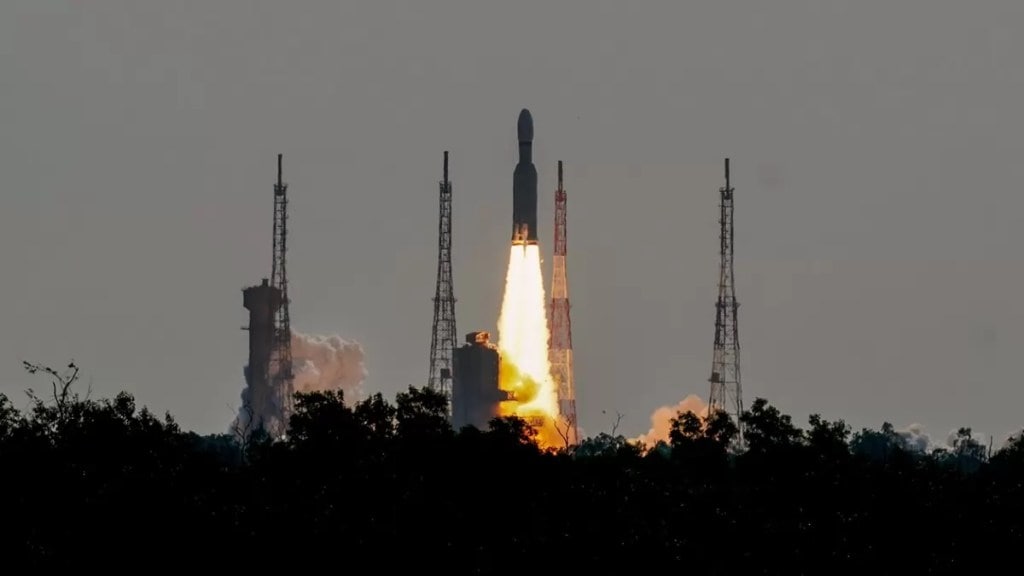After successfully deploying seven Singaporean satellites during Sunday’s mission, scientists at ISRO are now embarking on a novel experiment using the fourth stage of the PSLV-C56 rocket. Building upon the achievements of the PSLV-C55 TeLEOS-2 mission launched in April of this year, today’s mission aims to push the boundaries further.
What is ISRO’s unique experiment?
In this upcoming mission, scientists will undertake the challenge of positioning the fourth stage of the PSLV rocket into a lower orbit. Once all the Singapore satellites have been accurately placed into their intended orbit at approximately 536 km altitude, the upper stage of the rocket will be maneuvered to achieve a lower orbit, settling at around 300 km altitude.
This strategic shift will significantly reduce the orbital life of the spent PS4 stage, fulfilling the objectives set by ISRO.
The method of achieving this entails de-orbiting PS4 (fourth stage) to a Low Earth circular orbit measuring 300×300 km, effectively employing the remaining propellants to control its trajectory. This approach will result in a shorter orbital lifespan for the spent PS4 stage.
This venture follows a noteworthy experiment conducted in April during the PSLVC55 mission. At that time, ISRO’s scientists successfully employed the fourth stage of the PSLV rocket as an orbital platform to conduct scientific experiments utilizing the PSLV Orbital Experimental Module (POEM) within the rocket.
With each mission, ISRO continues to push the boundaries of space exploration and experimentation, showcasing their prowess in the field of space science and technology.
(With PTI Inputs)

